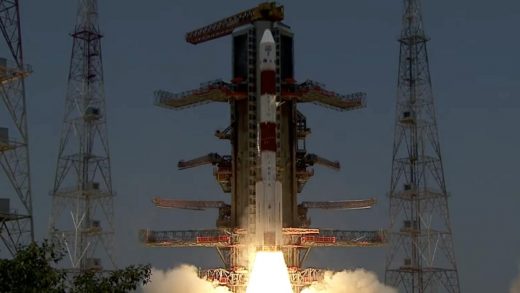
Just because face recognition was installed for one use case doesn’t mean it won’t or can’t be adapted to others. In airports, Delta Airlines started using face recognition for self-service bag drops in 2017, but after spreading to ticketing and security, face scans are beginning to power personalized flight itineraries on airport screens and some in-flight services. Clear also sells services to Major League Soccer outfits like BMO Stadium, home of Los Angeles FC.
Mercedes-Benz Stadium in Atlanta started a small pilot of face recognition for entry last summer with up to 100 season ticket holders for the Atlanta Falcons of the National Football League, but it is set to expand to 36,000 season ticket holders of Atlanta United FC when the MLS season begins at the end of February.
In Atlanta, a red carpet is rolled out to make face recognition entry seem exclusive and garner interest from fans, but “I don’t want to require a face to do anything” says Karl Pierburg, CTO for AMB Sports and Entertainment, which owns the two teams and Mercedes-Benz Stadium. Executives at the company say they are looking for ways to use face recognition to increase operational efficiency around the stadium, but only if the person chooses to participate. That might include checking a person’s age for alcohol sales, or buying food and merchandise. AMB is also considering use of handprints or Bluetooth signals from a smartphone app for ticketing and payments.
Despite those broad hopes for the technology, Mercedes-Benz Stadium does not use face recognition to limit access to ban people from entry, Pierburg says, something a French football club experimented with in 2020.
“I don’t think we would touch that,” he says. “Not that the safety of our fans isn’t important, but when you start generally scanning, there’s a line there that we’ve got to really make sure we’re comfortable crossing before we go to it.” He sees a distinction between mass surveillance without consent and getting people to opt in to a way to cut the amount of time they spend in line.
Any system for entry can be used for exclusion, and the slippery slope of mission creep is an issue whether face recognition is deployed by a government or a private entity, says Albert Fox Cahn, executive director of the nonprofit Surveillance Technology Oversight Project. He’s been part of debates over face recognition in New York for years, from NYPD’s use during 2020 Black Lives Matter protests to its installation in apartment buildings and public housing.
Fox Cahn envisions a biometric economy springing up in stadiums, powering things like personalized advertising akin to the kind seen in Minority Report. But once an entity gains the ability to track nearly anyone, the technology can also be used to control and monitor movement, powers ripe for abuse.
“Facial recognition is giving the wealthy and powerful tools to potentially wield against all of us, and I’m very concerned about the full range of applications we’ll see,” he says. Even in a stadium using the technology purely for commerce, “every private sector database is one court order away from being turned into a policing tool.”
Face recognition use at private venues with tens of thousands of people in them raises the question of whether it’s acceptable to turn the technology onto a crowd of people with no choice about whether to opt in. A search for stalkers in the crowd at a 2018 Taylor Swift concert raised similar questions.
In August 2020, a panel of three UK appeal judges ruled that the South Wales Police violated a man’s privacy and human rights by subjecting him to face recognition without consent. That system misidentified more than 90 percent of people in a deployment at Cardiff City stadium during a 2017 UEFA Champions League game.
Beyond privately owned face databases, roughly half the US population are in DMV photo or mugshot databases used by police in criminal investigations, and the countrywide HART biometric database developed by the US Department of Homeland Security is expected to include information on more than 270 million people. The Prüm database operated by the European Union is also expected to expand face recognition in public places throughout countries in the bloc. Meanwhile, commercial services like Clearview AI and PimEyes scraping facial data from billions of photos online.

